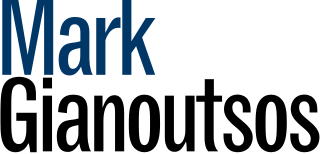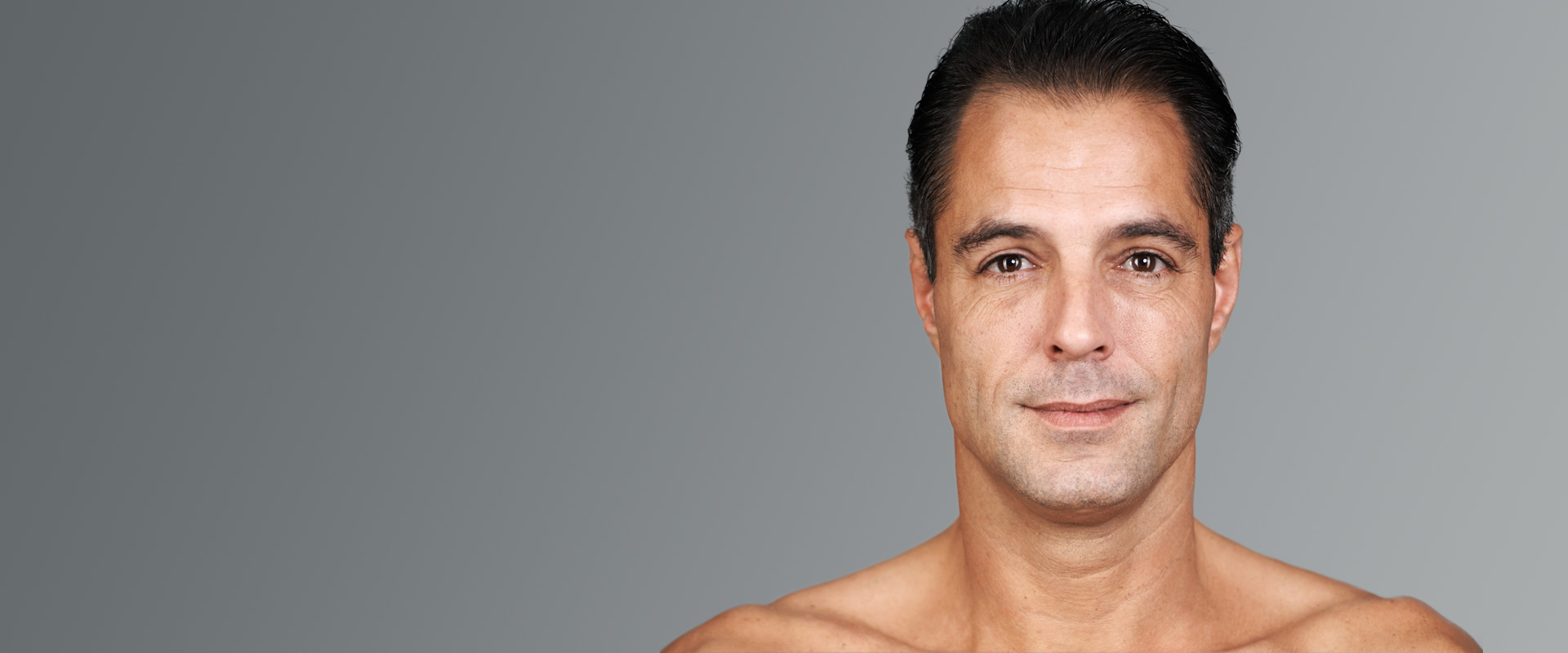Nose Surgery / Rhinoplasty
Rhinoplasty is an area of particular interest for A/Prof Gianoutsos. His Craniofacial practice and extensive experience in nasal reconstruction have complemented well his practice in cosmetic rhinoplasty.
Like all areas of cosmetic surgery, the key to rhinoplasty is a natural result that suits the patient’s face. This requires careful examination and assessment of, not only the anatomy, but the wishes of the patient. Although the procedure can be done through a closed or intranasal incision, A/Prof Gianoutsos largely uses an open approach where a small stepped incision across the columella (the strip of skin and cartilage which joins the tip of the nose to the upper lip) joins incisions hidden within the nose to allow the cartilage, soft tissue and bone, as well as nasal septum, to be clearly viewed. This enables precise reduction, repositioning and grafting (where necessary).
As well as the aesthetic imperative of such surgery, functional considerations must also be taken into account. This often means that surgery to improve the nasal airway is performed at the same time.
Rhinoplasty must be carefully tailored to the individual patient’s wishes and their overall facial form, as well as the precise anatomy of their nose. The procedure is designed to suit the individual patient’s face and to avoid the ‘operated look’.
If your nose is out of proportion with your face and is a facial feature which you are self-conscious about, then you may be a good candidate for rhinoplasty surgery. Careful assessment of the elements contributing to this and the best way to achieve your outcome will be discussed at the time of your personalised consultation with A/Prof Gianoutsos.
A/Prof Gianoutsos performs rhinoplasty surgery under general anaesthesia as either an overnight stay or day surgery procedure. Your anaesthetic will be done by one of the expert and experienced specialist anaesthetists with whom A/Prof Gianoutsos works on a regular basis.
The procedure is usually done via an open approach where the skin is elevated to display the structural elements of the nose (bone and cartilage) which can be changed in shape, size and position to achieve the desired result. Often the nasal septum and turbinates are addressed at the same time to improve breathing.
A customized molded nasal splint is placed after the surgery and if the septum has been operated upon an internal splint is placed also.
Following surgery you will have cool packs on your eyes to minimize swelling and bruising. You should keep your head elevated and sleep on two or three pillows. You should avoid lifting, straining and stooping. Rhinoplasty is not generally a very painful procedure, patients more often describe it as a very heavy and full feeling. Any pain that you have will be helped by the prescribed pain medication.
The operation can either be done as a day only procedure or with an overnight stay.
After discharge you will be seen at A/Prof Gianoutsos’ rooms after a few days to remove your internal splint and check your progress. You will use a saline nasal spray regularly in the post-operative period.
The external nasal splint comes off at around one week and is replaced with tapes for a few days.
You will then be reviewed at around 6 weeks and then six and twelve months.
A/Prof Gianoutsos and his staff are available at any time, however, should you have any queries or concerns.
A/Prof Gianoutsos generally recommends two weeks off work following your rhinoplasty. At this point any bruising has usually resolved. There will be some swelling that will settle over a period of weeks to months but will only really be evident to you and A/Prof Gianoutsos.
You will be able return to most of your normal day to day activities after around three days.
Your result will largely be evident when your external splint is removed at around a week. As mentioned however, there will be changes over some months as swelling subsides and the skin redrapes. Rhinoplasty is about making your nose suit your face, to make it A feature, rather than THE feature of your face. Most people will not pick exactly what you have had done as they don’t have a preoperative image to compare and you will also still look very much like you.
All surgery carries at least some degree of risk. These are minimized by ensuring you are as healthy as possible and prepared for the operation, by selecting a properly qualified and experienced surgeon and allowing yourself a proper recovery period. The particular risks as well as the expected perioperative course will be discussed in detail with you at your consultation and you will have the opportunity to ask any questions.
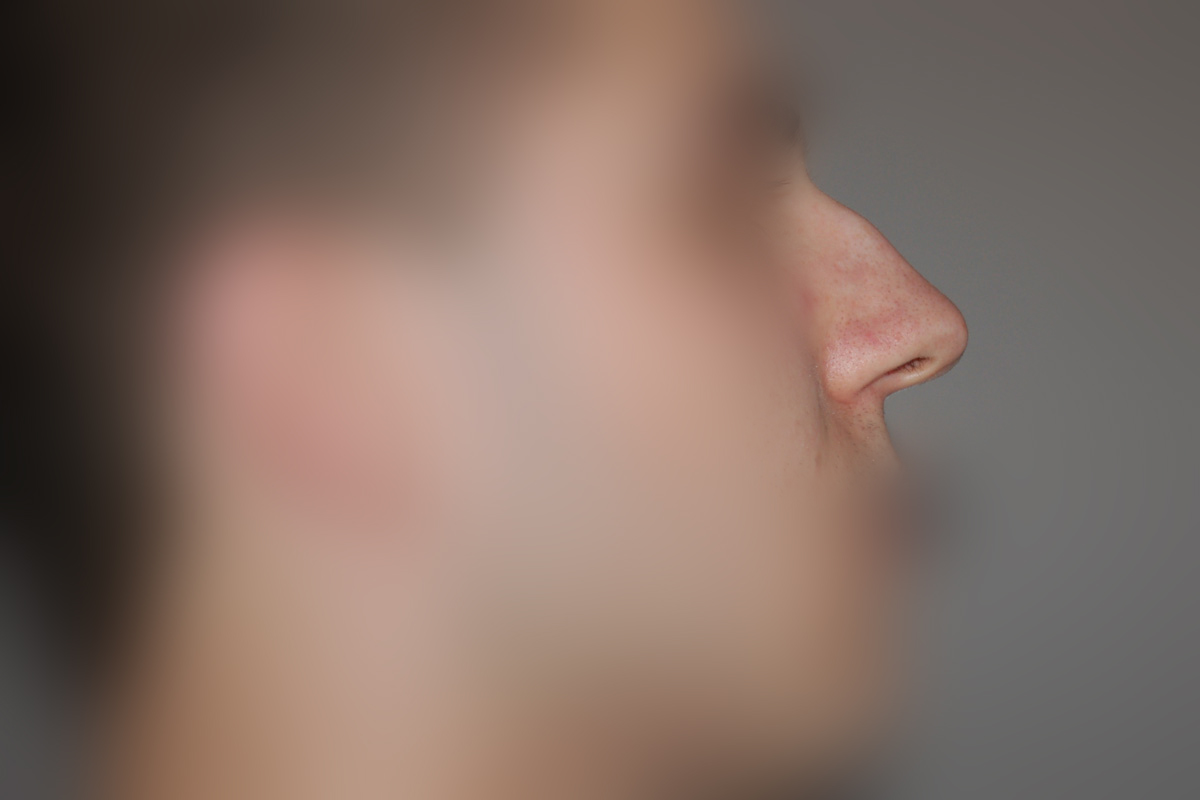
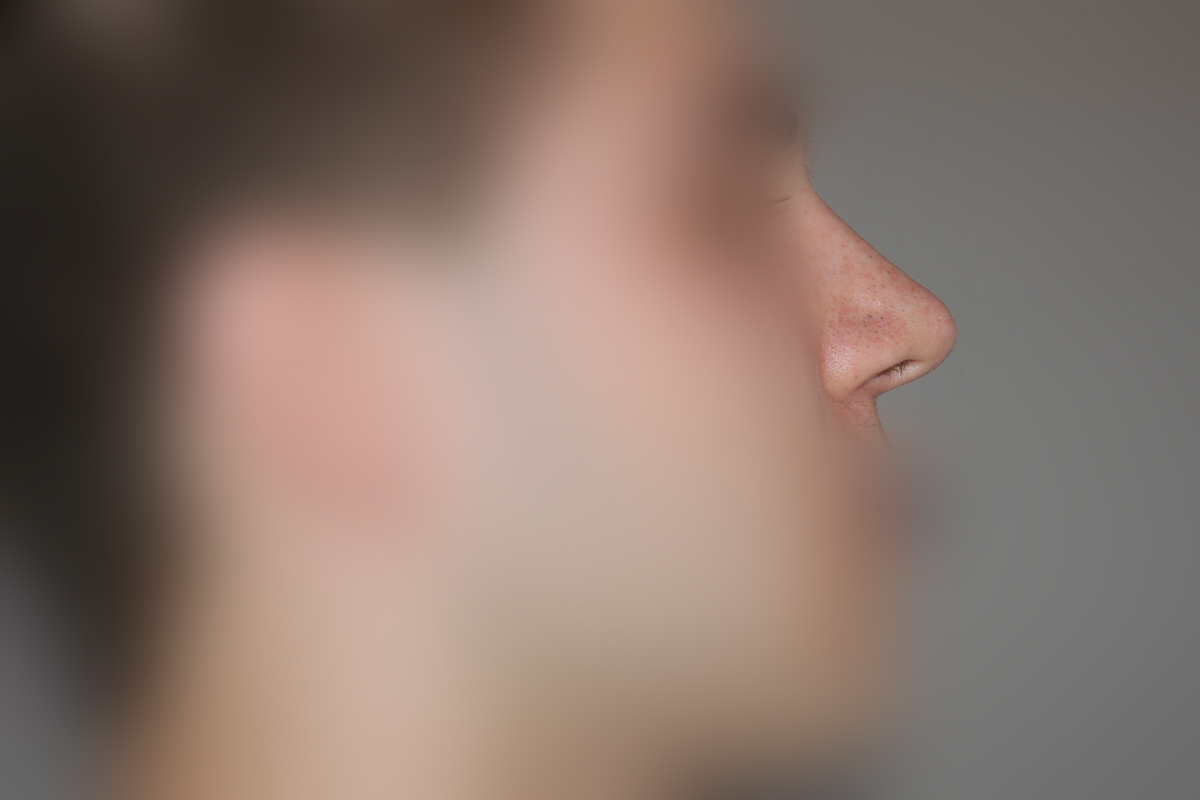
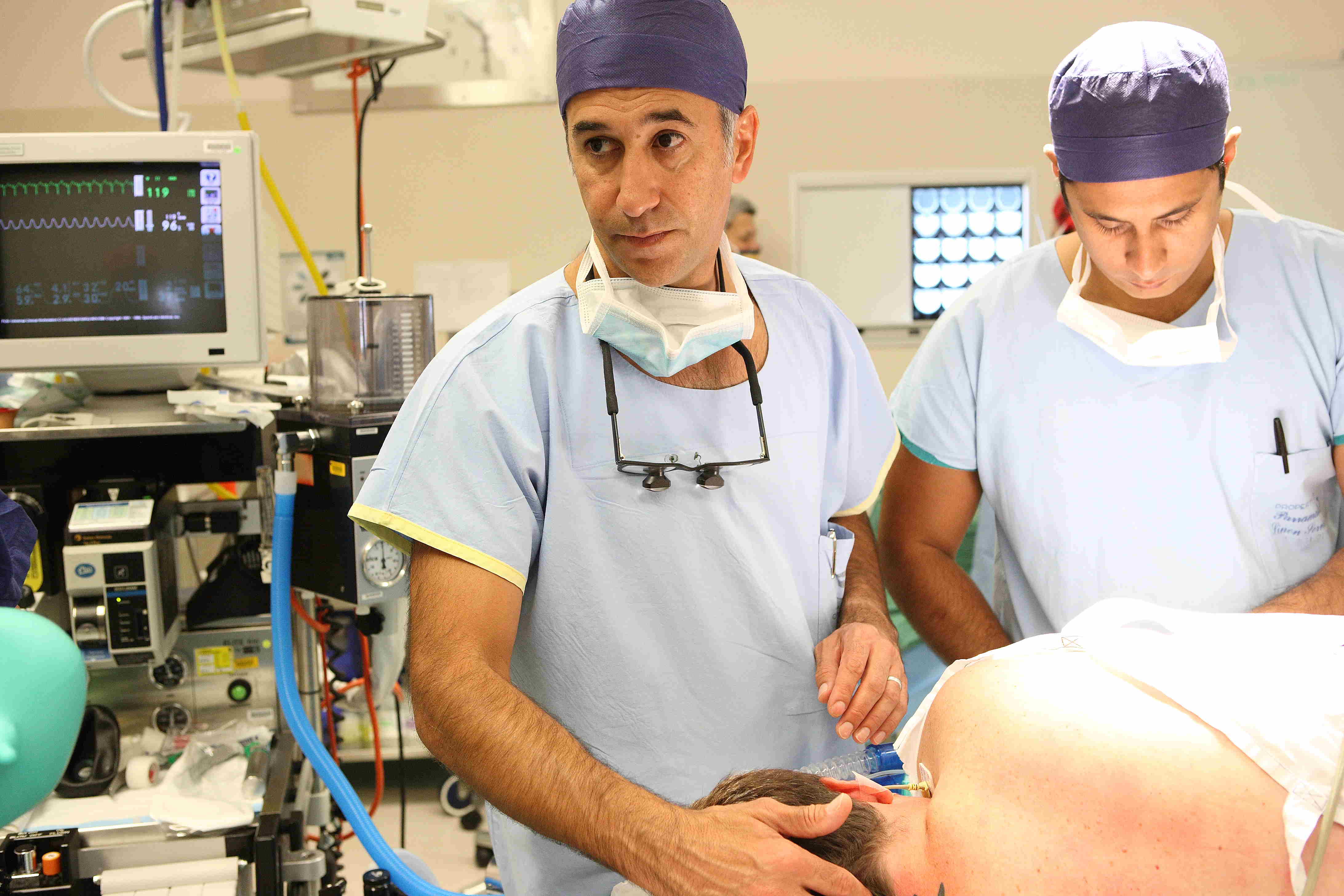
Our Procedures
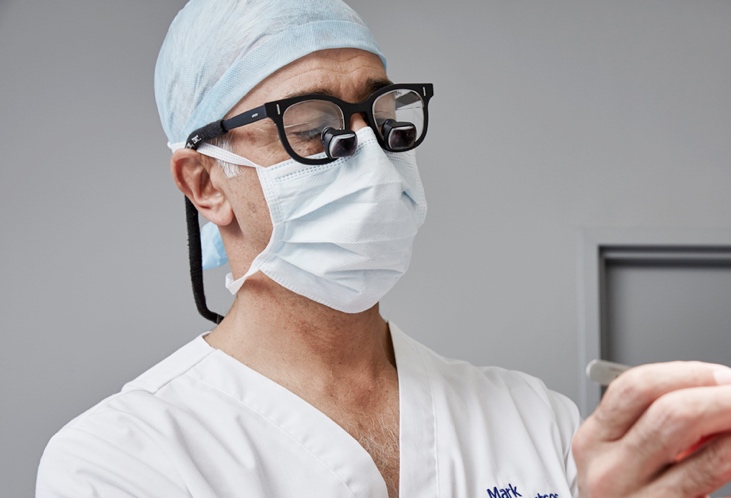
Our philosophy is to treat all patients as we would be expected to be treated ourselves.
A/Prof. Mark Gianoutsos

